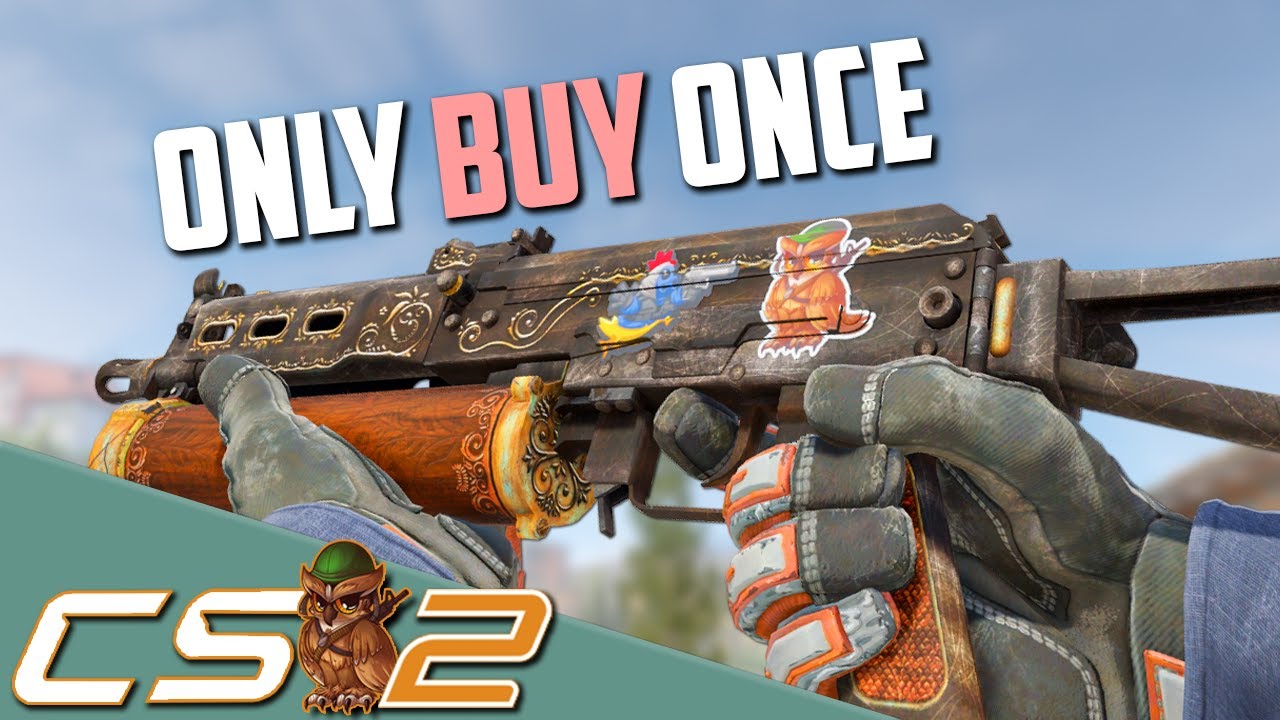Competitive CS2: A Game-Changing Twist
In a sponsored game of competitive Counter-Strike 2 (CS2), an intriguing twist was introduced – players could only purchase each weapon once per match. This unconventional rule revolutionized the meta, prompting a flurry of strategic and thrilling gameplay.
The Tactical Challenge
This innovative gameplay variant presented a unique challenge to the players. The limitation on weapon purchases forced them to adapt, explore different armaments, and strategize effectively. With every purchase dictating the strategy for the rest of the match, the stakes were higher, giving rise to a new layer of tactical complexity.
A Diverse Arsenal
Due to the constraints of the one-time buy rule, players had to explore a broader range of weapons, amplifying the variety in their arsenal. The usual reliance on AK-47s and M4s was replaced with an array of guns, from SMGs to shotguns, injecting an element of unpredictability into the matches.

This divergent approach forced players to think critically about their weapon choices, leading to a dynamic and ever-evolving gameplay experience.
Strategic Adaptation
With the buy limitation in place, the strategic dynamics of the game underwent a significant shift. The scarcity of certain weapons elevated their value, making them coveted assets on the battlefield. Moreover, the management of resources became a pivotal component of the gameplay, with teams carefully deciding the distribution of key weapons to maximize their effectiveness.
As the matches progressed, it became evident that the rules fostered a strategic element akin to a collectible card game, where the careful allocation and preservation of resources played an instrumental role in securing victory.
The Unforeseen Consequences
Despite the initial excitement surrounding the inventive rule, it became apparent that the peculiar one-time buy restriction posed unforeseen challenges. While the intention was to diversify gameplay, it ultimately favored those who managed to secure the meta weapons, accentuating the existing power dynamics rather than subverting them.
Furthermore, the gameplay variation accentuated the game’s core strengths, emphasizing the depth derived from skill, strategy, and teamwork. It underscored the enduring appeal of Counter-Strike as a game that thrives on its inherent complexities rather than relying on artificial mechanics.

Ultimately, while the rule’s implementation provided a compelling twist, it did not fundamentally alter the fundamental dynamics of competitive CS2.
Conclusion: A Fresh Perspective
While the experiment with the one-time buy rule in competitive CS2 yielded intriguing gameplay dynamics, it also revealed the resilience of the game’s core principles. The enduring appeal of Counter-Strike lies in its unwavering focus on skill and strategy, ensuring that the game remains exhilarating and engaging.
The introduction of unconventional rules and restrictions serves as a testament to the game’s adaptability, sparking new conversations and perspectives within the gaming community. As CS2 continues to evolve, it’s clear that the game’s legacy is built on its capacity for innovation and enduring gameplay appeal.
Ultimately, the competitive CS2 experience with the one-time buy rule offered a glimpse into the game’s potential for reinvention, presenting new challenges and opportunities for players to explore. The game’s ability to captivate and surprise players continues to be a testament to its enduring legacy and appeal.
**Special thanks to NVIDIA for their continued support – ensuring that Counter-Strike remains on the forefront of cutting-edge gaming technology!**








![CIVCRAFT MC [Economy][Gov](https://game-drip.com/wp-content/uploads/2024/04/gamedrip-news-popular-3296.jpg)













